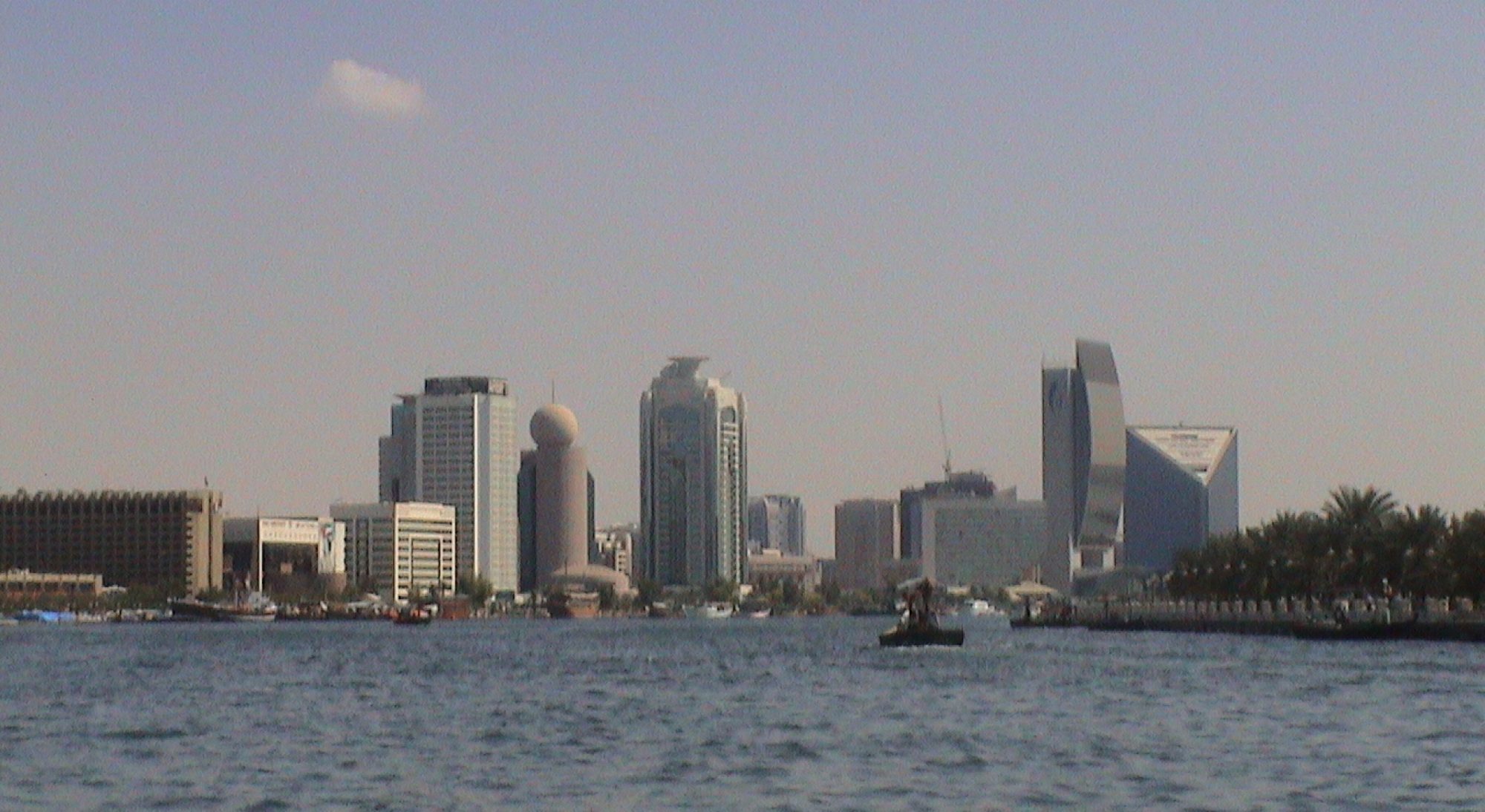Successful Dubai Sat-2 launch presented at Middle East Geospatial Forum 2014
UAE, February 4, 2014 – The Emirates Institution for Advanced Science and Technology (EIAST) chaired the session on ‘Earth Observation Systems for Economic Development’ during the 2014 Middle East Geospatial Forum held in Dubai under the theme ‘GeoSmart Government’ and discusses upcoming trends in Earth Observation and how the discipline impacts global users. Eng. Omran Sharaf, Director of Image Processing and Analysis Department, and Eng. Hessa Almatroushi, an Associate Image Processing Engineer at the Institution, were among the session’s key expert speakers.
During the forum, EAIST explained the various social and economic benefits of earth observation satellites. It also recounted the successful launch of Dubai Sat-2, an electro-optical earth observation satellite system, from Russia late last year. EAIST officials explained that such developments are vital to expediting the development of the UAE’s space programs and related manpower.
“Middle East Geospatial Forum 2014 was an ideal platform for emphasizing the relevance of earth observation technologies and discussing the necessary steps needed to further advance the field. It gave EIAST a great opportunity to discuss its own unique and impactful contributions to the expansion of the UAE’s space capabilities through ground-breaking projects such as Dubai Sat-2. We also had the chance to showcase the skills of our team, particularly our Emirati talents who reflect the growing interest among UAE Nationals to participate in space-related development,” said Eng. Omran Sharaf.
EIAST was established by the Dubai Government in 2006 with the goal of promoting a culture of advanced scientific research and technology innovation in Dubai and the UAE, and enhancing technology innovation and scientific skills among UAE Nationals. It is mainly involved in outer space research and development; satellite manufacturing and systems development; space imaging; and ground station services and support for other satellites.
